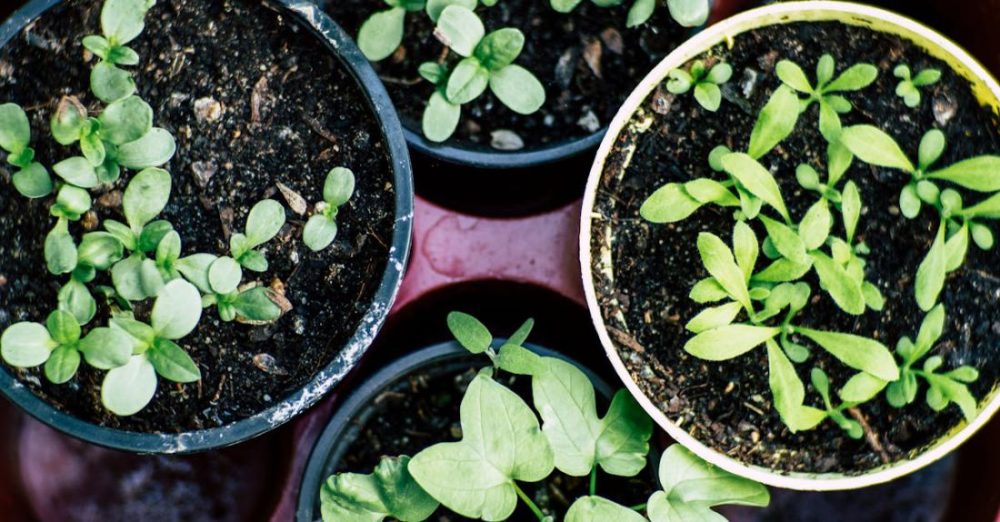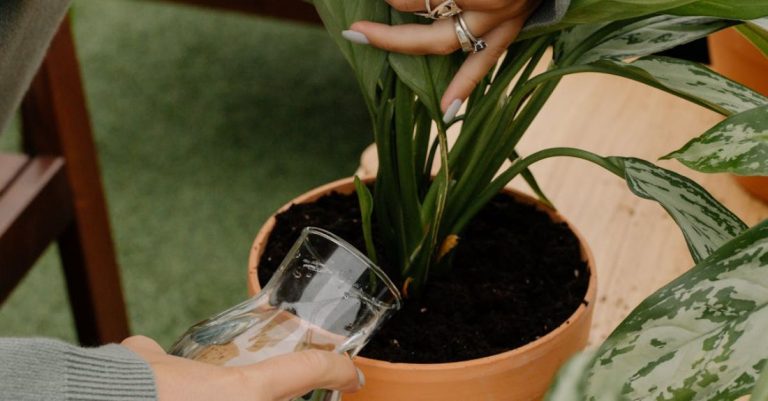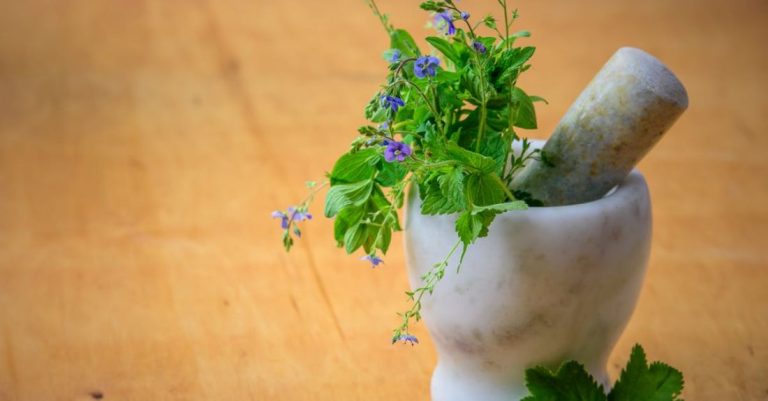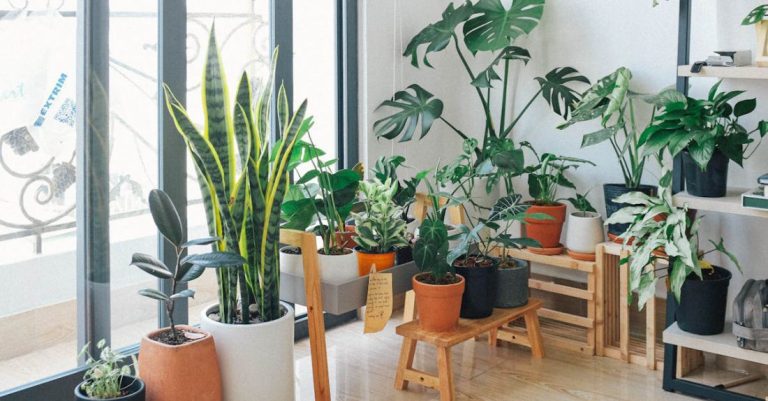
Growing your own vegetables indoors can be a rewarding and practical way to ensure a fresh supply of produce right at your fingertips. Whether you’re short on outdoor space or simply want to enjoy gardening year-round, starting an indoor vegetable garden is a great option. With the right tools, a bit of know-how, and a lot of enthusiasm, you can create a thriving indoor garden that will provide you with delicious, homegrown vegetables in no time.
Choosing the Right Location
The first step in starting an indoor vegetable garden is selecting the right location for your plants. Vegetables need plenty of sunlight to thrive, so it’s essential to choose a spot in your home that receives at least six to eight hours of sunlight per day. South-facing windows are ideal for this purpose, as they tend to get the most sunlight throughout the day. If natural light is limited in your home, you can also supplement it with artificial grow lights to ensure your plants get the light they need to grow.
Selecting the Right Containers
When it comes to indoor gardening, choosing the right containers for your plants is crucial. Opt for containers that have good drainage to prevent overwatering and root rot. You can use a variety of containers for your indoor vegetable garden, including plastic pots, ceramic planters, or even repurposed containers like mason jars or tin cans. Just make sure that whatever container you choose has drainage holes at the bottom to allow excess water to escape.
Choosing the Right Vegetables
Not all vegetables are well-suited for indoor growing, so it’s important to choose varieties that will thrive in an indoor environment. Some vegetables that do well indoors include leafy greens like lettuce and spinach, herbs such as basil and parsley, and compact varieties of tomatoes and peppers. When selecting vegetables for your indoor garden, consider the space you have available, as well as your own personal preferences for what you like to eat.
Preparing the Soil
Once you’ve chosen your containers and selected your vegetables, it’s time to prepare the soil for planting. Use a high-quality potting mix that is specifically formulated for container gardening to ensure your plants have the nutrients they need to grow. Fill your containers with soil, leaving about an inch of space at the top to allow for watering. You can also add a layer of mulch on top of the soil to help retain moisture and prevent weeds from growing.
Planting Your Vegetables
Now that you have everything ready, it’s time to plant your vegetables. Follow the planting instructions for each type of vegetable you’ve chosen, making sure to space them out properly to allow room for growth. Water your plants thoroughly after planting, and continue to water them regularly as needed. Be sure to monitor your plants for signs of pests or disease, and take action promptly if you notice any issues.
Caring for Your Indoor Garden
Once your indoor vegetable garden is up and running, it’s important to provide your plants with the care they need to thrive. In addition to regular watering, make sure to fertilize your plants every few weeks with a balanced fertilizer to ensure they have the nutrients they need to grow. Keep an eye on your plants for any signs of stress, such as yellowing leaves or stunted growth, and adjust your care routine as needed.
Harvesting Your Vegetables
One of the most satisfying parts of indoor gardening is harvesting your own homegrown vegetables. As your plants mature, you’ll begin to see fruits forming on your tomatoes, peppers, and other vegetables. When your vegetables are ready to harvest, simply pick them off the plant and enjoy the fruits of your labor. Freshly harvested vegetables are not only delicious but also packed with nutrients that you can enjoy in your favorite recipes.
Enjoying the Fruits of Your Labor
Starting an indoor vegetable garden is a fun and rewarding way to bring the joy of gardening into your home. With a bit of planning and care, you can create a thriving indoor garden that will provide you with a fresh supply of homegrown vegetables year-round. So roll up your sleeves, get your hands dirty, and start growing your own indoor vegetable garden today. Happy gardening!





